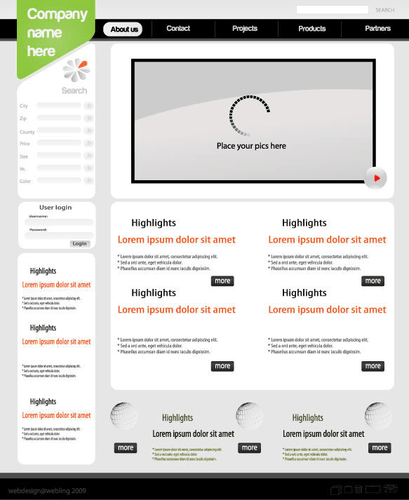
The amount of principal due on a formal written promise to pay. The general ledger accounts normal debit balance examples that are not permanent accounts are referred to as temporary accounts. Its abbreviation is dr. (Apparently the Italian or Latin word from which debit was derived included an “r”). To get started, let’s review some facts that you should already be aware of as a bookkeeper, accountant, small business owner, or student.

How Debits and Credits Affect Liability Accounts
Notice that when money comes in, we debit our Cash account, while when money goes out, we credit our Cash account. Since the debit side of this ledger tracks the balances of all assets, it shows what resources or net worth the business has at a given point in time. Let’s first look at the normal balances of accounts and then learn how the rules of debit and credit are applied to record transactions in journal. AP appears in a company’s financial statements on the balance sheet under current liabilities. Because AP represents obligations due within one year, it is a handy indicator of a company’s short-term liquidity and working capital. If not managed carefully, a growing AP balance could signal potential cash flow problems or indicate that the company is relying too heavily on supplier credit.
Examples of Debits and Credits in a Corporation

A normal balance is the expectation that a particular type of account will have either a debit or a credit balance based on its classification within the chart of accounts. The normal account balance for many accounts are noted retained earnings in the following exhibit. Proper double-entry bookkeeping requires that there must always be an offsetting debit and credit for all entries made into the general ledger.
- Equity accounts, like Common Stock, show ownership investment and earnings.
- Current liabilities are due within one year and are listed in order of their due date.
- Additional paid-in capital or capital surplus represents the amount shareholders have invested in excess of the common or preferred stock accounts, which are based on par value rather than market price.
- Explore how it affects financial statements and reporting accuracy.
- Normalizing entries are typically made at the end of an accounting period to ensure that the financial statements accurately represent the business’s ongoing operations.
- Looking at a single balance sheet by itself may make it difficult to determine whether a company is performing well.
Management Accounting Services

We will continue this discussion later, but for now take note that a credit entry is required to increase owner’s equity or stockholders’ equity. The format of the accounting equation Bookkeeping for Etsy Sellers (or basic accounting equation or bookkeeping equation) is identical to the format of the balance sheet. One of the main financial statements is the balance sheet (also known as the statement of financial position). In accounting, ‘Normal Balance’ doesn’t refer to a state of equilibrium or a mid-point between extremes.
Real-world Examples Demonstrating Debits, Credits, and Normal Balances
When it comes to the world of accounting, maintaining balance is of utmost importance. Every transaction has a corresponding impact on financial statements, and it is crucial to identify the appropriate categories to record these impacts accurately. This is where the concept of “normal balance” comes into play. As we can see from this expanded accounting equation, Assets accounts increase on the debit side and decrease on the credit side. Liabilities increase on the credit side and decrease on the debit side. This becomes easier to understand as you become familiar with the normal balance of an account.

Asset account

After all, you learned that debiting the Cash account in the general ledger increases its balance, yet your bank says it is crediting your checking account to increase its balance. Similarly, you learned that crediting the Cash account in the general ledger reduces its balance, yet your bank says it is debiting your checking account to reduce its balance. By having many revenue accounts and a huge number of expense accounts, a company will be able to report detailed information on revenues and expenses throughout the year. To keep a company’s financial data organized, accountants developed a system that sorts transactions into records called accounts.
Leave a Reply